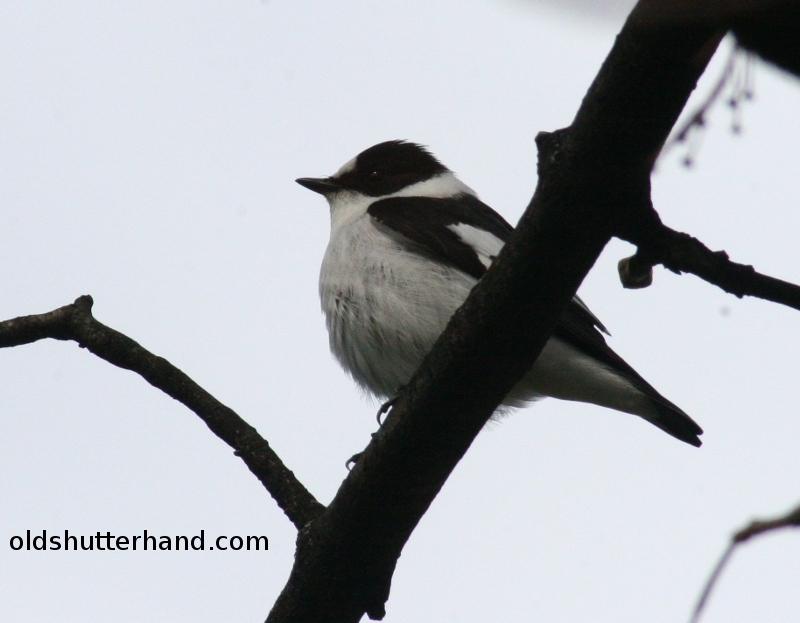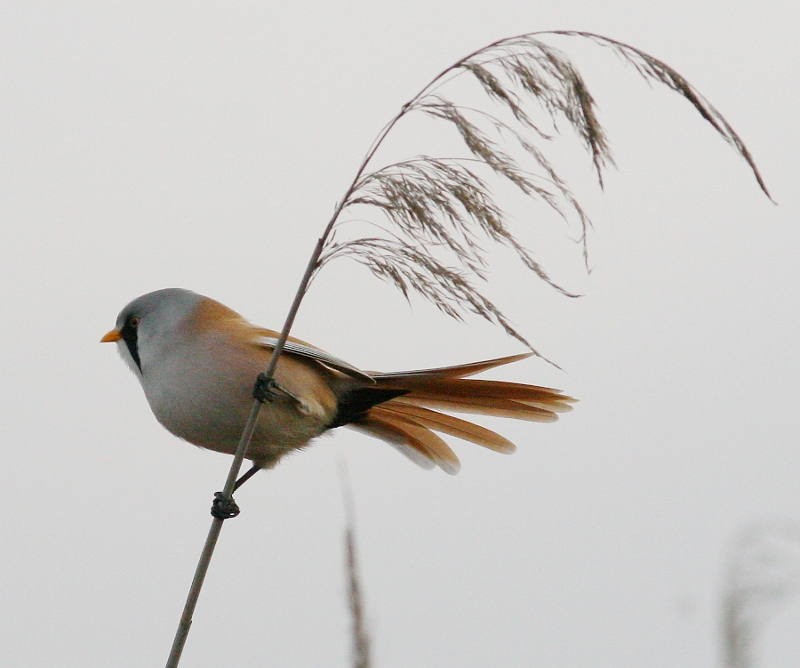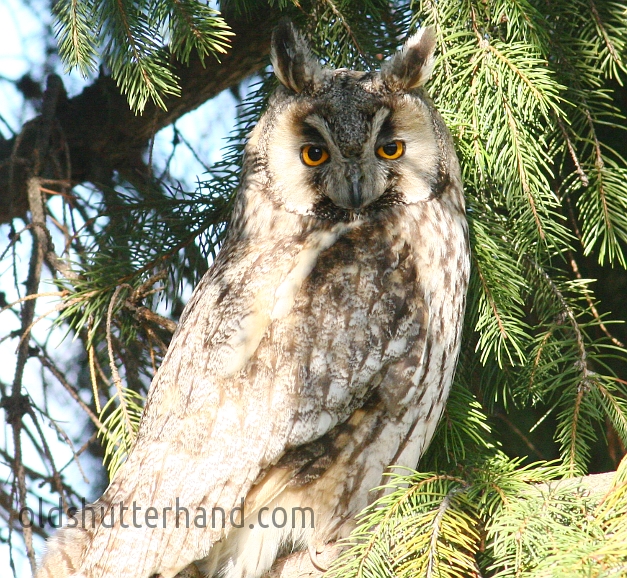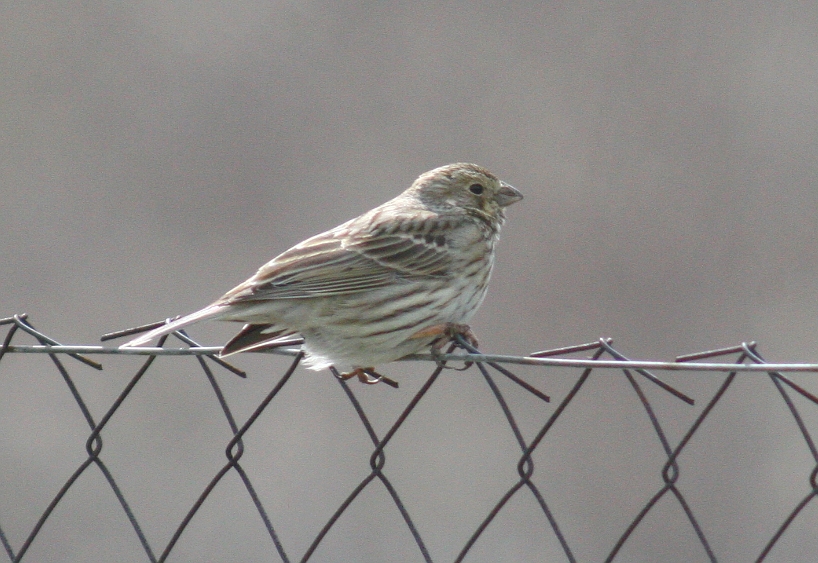Ruddy shelduck Vörös ásólúd Tadorna ferruginea Le tadorne casarca Die Rostgans
The Ruddy shelduck is a very interesting bird. This bird only can be observed in Hungary in migration period. I only see this birds two times in Hungary. The migration birds mingle with Mallards in the water, and looks like they belong to there like any other birds like gulls, ducks or others. Only the interesting colors of the bird helps to realize it is an interesting specie. The size of the bird is approximately like the bigger ducks, but smaller than the usual Geese like Greylag goose. The Ruddy shelduck if not disturbed is quite a tame bird, like Mallards. I can make photos of the bird from 3-4m without disturbing the bird at all. In Hungary the ruddy shelduck is a rare migrant bird, hard to observe. I saw a pair of ruddy shelduck and a young bird. The funny thing is that the birds were in Budapest in a small lake that belongs to a frequent inner city place. The birds stayed there for several days or a week at migration. The bird has beautiful colours: the body is orangish, the head is pale the wings are whiter inside but outside has a nice greenish metal color.
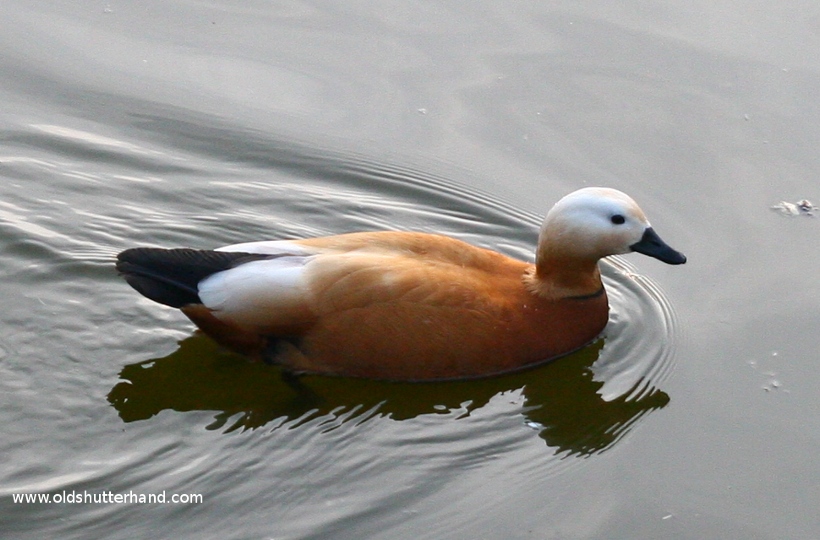
Size:
61-66cm
Weight:
950-1600g
Wingspan:
120-145cm
Diet:
The bird mostly eats vegetation and smaller snails or other creatures living in the water.
Voice:
The Ruddy shelduck has a deep, strong, distinctive voice. It is interesting to hear doesn’t resembles anythink I can think of.
Male/female:
The male has a black ring around the bottom of the neck at mating period. See on the picture above.
Habitat:
The bird is mostly can be found in North Africa and Southern Eastern Europe and Asia. Unfortunately expanding agricultural areas are not good for the bird. The bird also can be find in highlands up to several thousand meters.
Eggs:8-12
The Ruddy shelduck usually laid 8-12 eggs.
Incubation period:27-29 days
What is interesting in the bird that lay her eggs in holes under the ground, not in a nest at the water. Uses holes made by foxes, badgers or other hole making animals, but the birds can dig it for themselves as well. The nest can be several meters deep in the ground. Can nest in holes of the trees, or on cliffs as well. The male bird protect the female with huge voices and nosedive with his wings kept tightly to the body.
